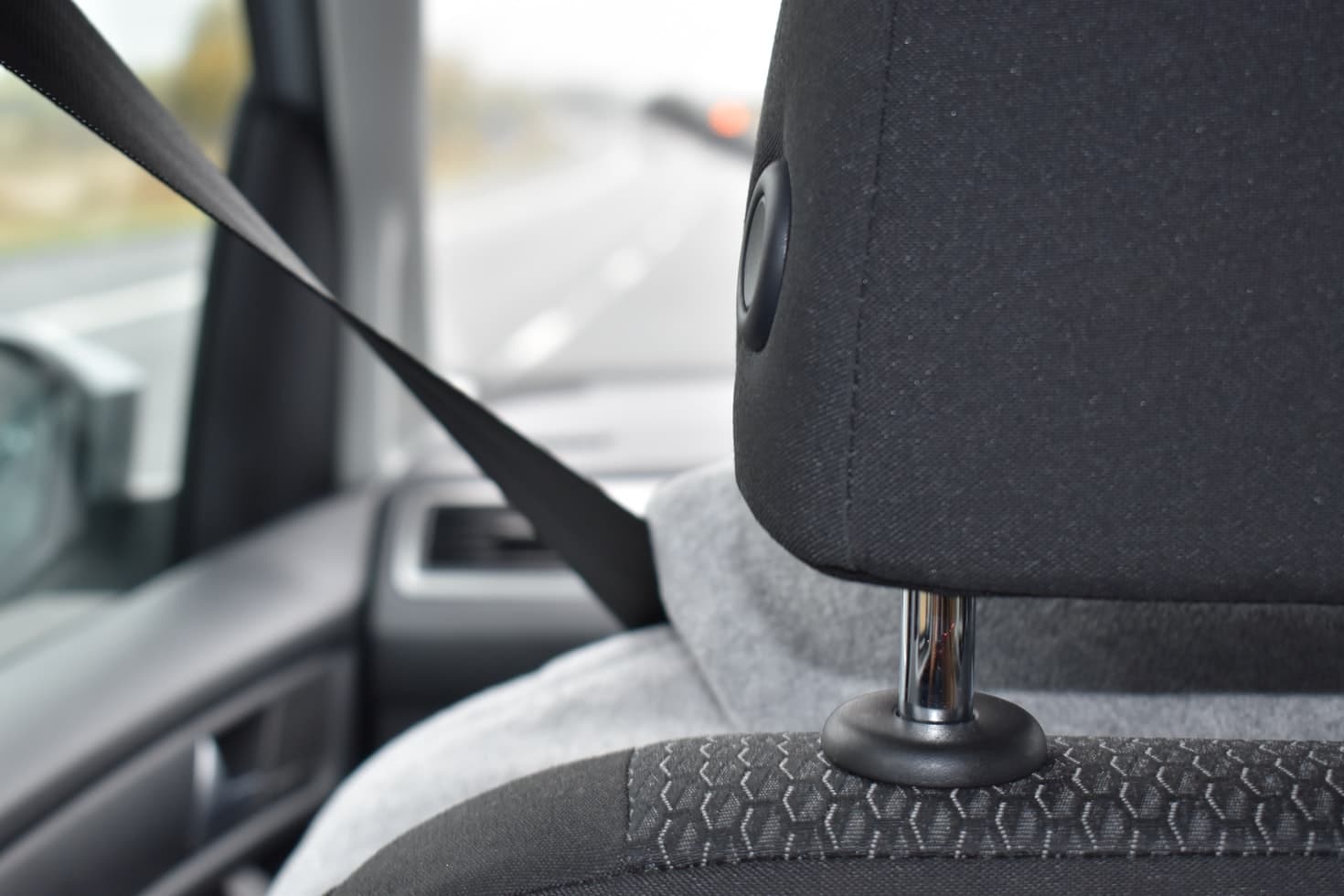Every household owning a car knows the role and importance of seat belts. But despite people’s common knowledge about this car feature, many still take seat belt misconceptions as the truth about this personal protective equipment.
Perhaps you have also thought of some of these seat belt myths as fact. Check if everything you know about seat belts is true based on this list of myths vs. the truth behind them.
Seal Belts Misconceptions and Facts You Need to Know
Misconception 1: Wearing a Seat Belt Is Solely for Personal Protection
Indeed, a seat belt you wear would provide you with protection, but that is not its only purpose. Wearing a seat belt is also a form of you protecting your loved ones against further harm.
Keeping your seat belt with you allows you to have more control over the vehicle you are driving despite a sudden crash. That gives you the power to command where your car is heading, giving you a chance to save your passengers or the motorist from the other vehicle.
Misconception 2: Seat Belts Are Hurdles From Escaping the Car During Submersion or Fire
Seat belts keep you to your seat, so how can you escape your vehicle when it is submerged in water or caught inside a large fire? If you have been thinking about this question a lot, you need to rewind a little bit.
Before your car submerged in the water or started a fire, it first crashed or went out of control. Without a seat belt, you could’ve ended up unconscious because of that impact. Instead of being a hurdle to your survival, the seat belt gives you the leeway to make your next move.
Misconception 3: It Is Best to Be Thrown Out of the Car After a Collision
Getting thrown off a car would not always save your life. In fact, ejections give you a higher risk of dying in an accident. Most people think that getting ejected out of the vehicle is a way of becoming free and clear of the crash’s danger. However, according to the data provided by NHTSA, only 0.3 percent of people who are ejected during a collision sustained no injuries. The rest suffered from significant injuries and a fatality rate of around 80 percent.
Misconception 4: Seat Belts Are Meant for Long Drives
Whether you are driving to the next block or a hundred miles away from home, you must wear your seat belt every time. Accidents are unpredictable, and they happen when people least expect them to occur. They could happen even when a car’s speed is less than 40 mph.
Not wearing your seat belt when you believe there is nothing to worry about could become the worst day of your life. Do not let yourself regret it in the end. It would be better to exert more effort than feel guilty later.
Misconception 5: You Only Need to Wear Your Seat Belt If You Drive Fast
No matter what speed you are in when you drive, colliding with an object during an accident and not wearing your seat belt would make your body move forward until another element like the windshield or dashboard blocks it.
That means driving speed at 30 mph without any seat belt on and bumping onto a tree would still make your body fly until you reach the ground. That would feel like falling off a three-story building, and you would not want to experience that.
Conclusion
It is time to forget about the myths you hear about seat belts and start acknowledging the truth behind them. Seat belts are made for a reason. They are not there to make life more complicated nor make driving more dangerous for you. Make sure that your seat belts are always in good condition and performing their functions adequately. Should you need a seat belt replacement or seat belt repair service, make sure that you contact your contractor as soon as possible.
Safety Restore is the world’s leader in post-accident restorations, specializing in seat belt repair service and airbag modules. We offer a 24-hour turnaround time on all repairs—contact us at (855) 552-7233 today.



